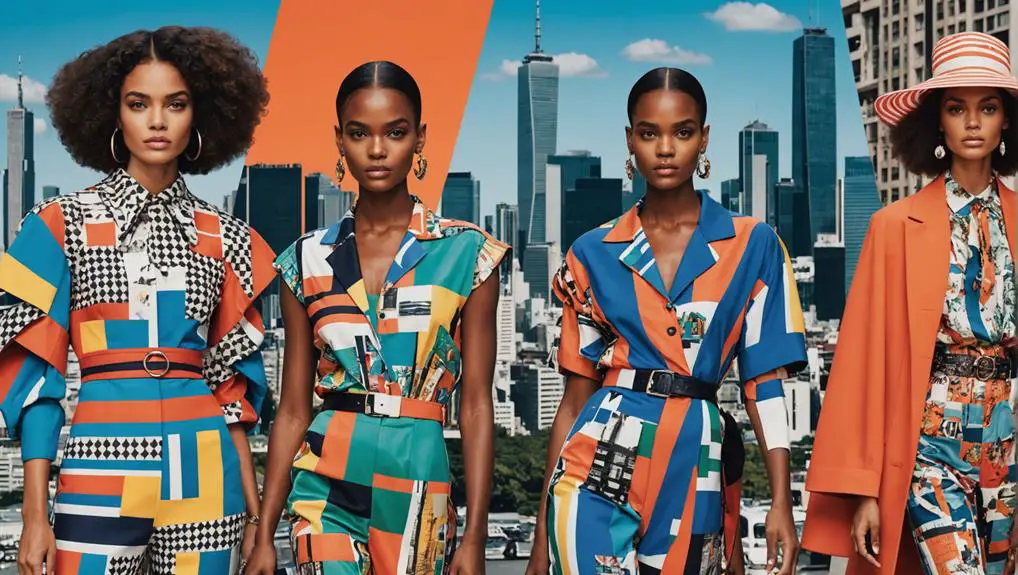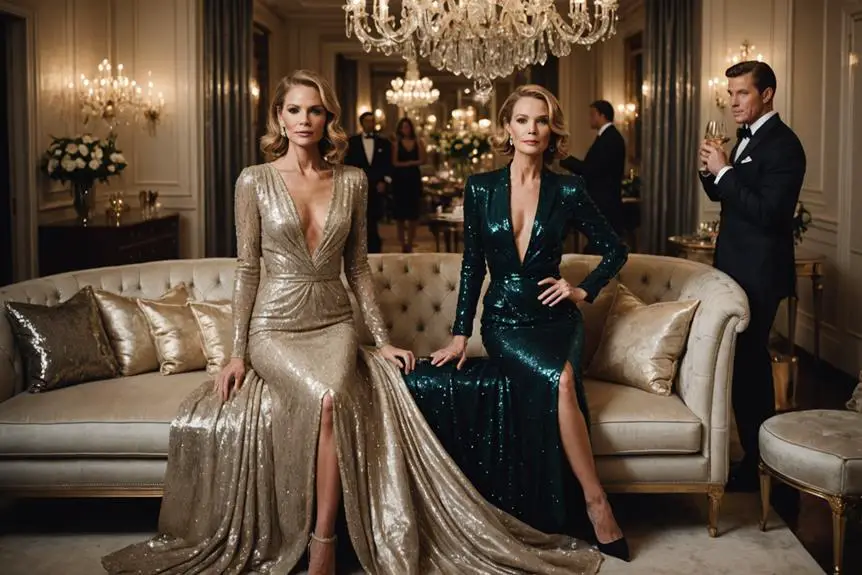You might not know that São Paulo Fashion Week began in the early '90s as a modest event called Phytoervas Fashion, aimed at showcasing local talent. Over the years, it's transformed into a major force in Latin American fashion, reflecting broader societal changes and embracing diversity. As SPFW navigates new challenges, including sustainability and digital engagement, it raises questions about the future of fashion as a whole. What's next for this influential platform, and how will it continue to shape the industry?
The Origins of SPFW
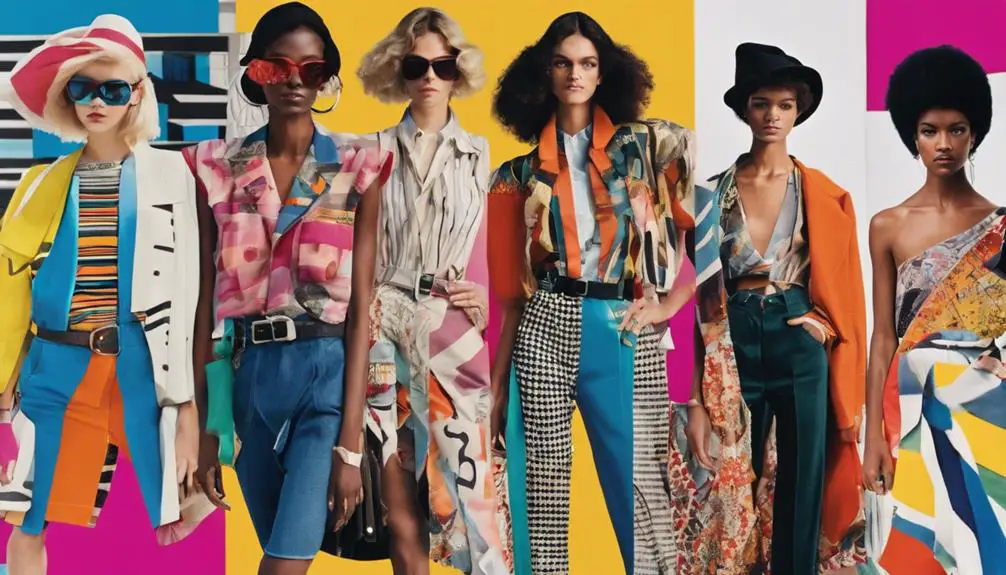
São Paulo Fashion Week (SPFW) has its roots in the early '90s as Phytoervas Fashion, a groundbreaking event created by Paulo Borges and Cristiana Arcangeli. Can you imagine starting something so big in a small warehouse in Vila Olímpia? That's exactly what they did! The first event featured just nine shows, but the founders' vision was clear: promote national designs inspired by Brazilian culture. They wanted to break free from the European trends that ruled the fashion scene back then.
But the road wasn't all smooth sailing. Early struggles included finding sponsorship, getting designers to participate, and convincing people that Brazilian fashion was worth noticing. It's kind of like trying to convince your friends to try a new restaurant—they might hesitate at first, right? But Borges and Arcangeli kept pushing, and by 1996, the event shifted to Morumbi Fashion Week, marking its official entry into Brazil's fashion calendar. Talk about a glow-up!
Milestones in Diversity
Fashion runways have long been criticized for their lack of diversity, but SPFW has taken bold steps to change that narrative. In 2009, they introduced a quota system that mandated at least 10% of models be black or indigenous. Can you believe it? This was a huge move to tackle historical biases in model representation. Fast forward to 2019, and SPFW made history again by featuring Sam Porto, the first male transgender model to grace the runway. Talk about a game-changer!
Each season, SPFW's ongoing discussions about diversity have led to even more representation initiatives. You might've noticed a wider array of ethnic backgrounds and body types among the models showcasing the latest trends. It's invigorating, isn't it? But it's not just about who walks the runway. The event has faced scrutiny regarding the welfare of models, which pushed them to focus on mental and physical health in the fashion industry. That's super important!
SPFW isn't stopping there. They're actively advocating for inclusive practices by partnering with organizations to provide accessibility initiatives, like audio descriptions for visually impaired attendees. Everyone deserves to enjoy the excitement of fashion, right? So, whether you're watching the show live or online, you can feel good knowing SPFW is working hard to make the fashion world a more inclusive space. So, what do you think—are we on the right track to a more diverse fashion scene?
Cultural Significance
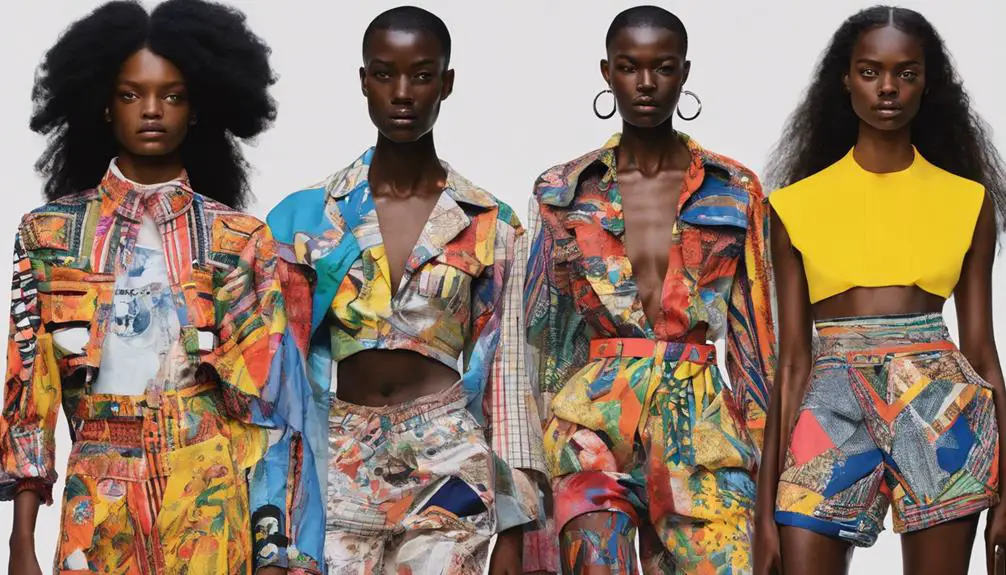
Since its launch in 1995, São Paulo Fashion Week has become Latin America's premier fashion event, showcasing the vibrant cultural heritage and creativity of Brazilian designers. But what makes this event so special? It's not just about the clothes; it's about cultural identity. Each collection tells a story, blending traditional Brazilian elements with contemporary flair. When you watch a runway show, you're seeing Brazil's rich history walk right past you!
SPFW isn't just influencing fashion in Brazil; it's making waves across Latin America and beyond. Designers here are setting trends that others want to follow, proving that fashion can be a powerful form of expression. Plus, the event has made a conscious effort to include diverse voices. You'll notice more black, indigenous, and transgender models strutting their stuff, reflecting the true mosaic of Brazilian society. Isn't that awesome?
This event serves as a launching pad for emerging designers, giving them a chance to shine on both national and international stages. Can you imagine the thrill of seeing your designs celebrated worldwide? It's a game-changer!
São Paulo Fashion Week is more than just a show; it's a cultural phenomenon. It's about celebrating who you are while reaching for the stars, showing that fashion can unite us all. So, whether you're a designer, a model, or just a fan, you're part of this incredible journey that shapes global influence and celebrates the beauty of cultural identity. How cool is that?
Sustainability Trends
The latest edition of Sâo Paulo Fashion Week spotlighted sustainability, bringing eco-conscious designs to the forefront of the runway. You couldn't help but feel the excitement in the air as designers showcased their commitment to eco-friendly practices. This wasn't just about looking good; it was about being kind to our planet, too!
Take Fernanda Yamamoto, for example. She created a stunning collection using 300 garments accumulated over a decade. Can you imagine the creativity involved in recycling those pieces? It's all about giving old clothes a new life! Then there's Mipinta, who transformed ready-made articles into unique jackets. These innovative designs really showed how upcycling materials can turn something ordinary into something extraordinary. Who knew old clothes could have such cool second chances?
Sustainability wasn't just a trend; it was the core principle driving these collections. Designers focused on functionality while still delivering that touch of timeless luxury we all crave. And let's be real, who doesn't want to look fabulous while making a positive impact?
This commitment at SPFW reflects a broader movement within the fashion industry, where brands are increasingly prioritizing environmental responsibility. It's clear that sustainable fashion is here to stay, and that's something we can all get behind. So, next time you're shopping, consider how you can join this eco-friendly revolution. After all, being stylish and sustainable is the new black!
Future Directions
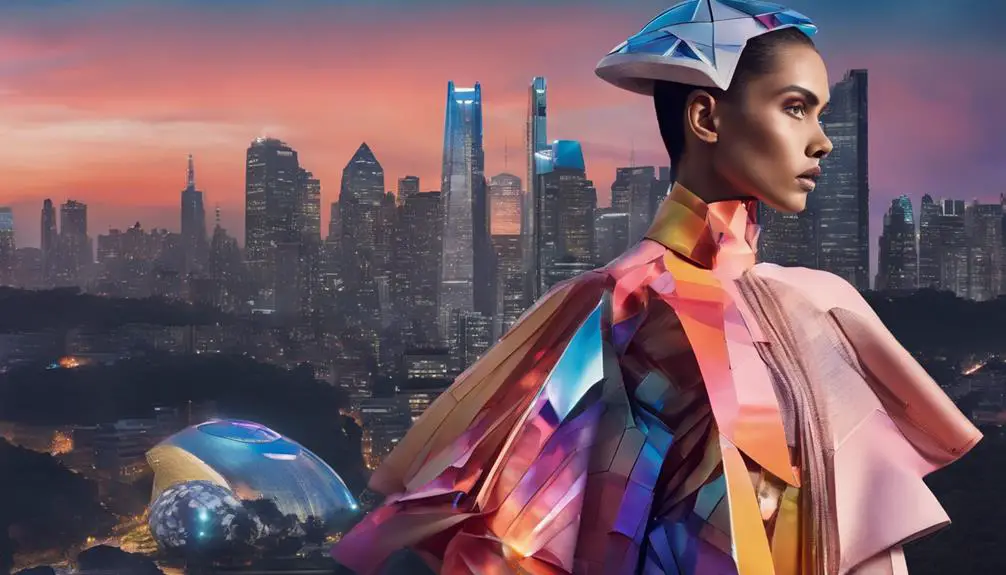
Looking ahead, Sâo Paulo Fashion Week is set to ramp up its commitment to sustainability and inclusivity. You can expect future editions to really focus on eco-friendly practices, like upcycling materials. With the world buzzing about environmental issues, this is a big step in the right direction. Plus, they're determined to enhance diversity and inclusivity even more. That means you'll see a wider range of ethnicities, body types, and gender identities strutting down the runway. How cool is that?
But wait, there's more! With digital engagement on the rise, SPFW plans to create more virtual experiences. This means you can enjoy the show from anywhere in the world, showcasing Brazil's fabulous fashion to a global audience. You'll feel like you're right there in the front row, without the hassle of traffic!
Technology integration is also on the agenda. Think augmented reality and innovative design techniques that'll make future collections even more exciting. These advancements will not only shape the looks you see but also give designers new tools to express their creativity.
Frequently Asked Questions
What Is the History of Fashion Week?
Fashion weeks began in the early 20th century, showcasing fashion trends and influencing the industry. They evolved globally, impacting designers and consumers by setting standards and creating platforms for diverse talent across major cities.
Which City Had the First Ever Fashion Week?
In the tapestry of fashion, New York City wove the first threads with its inaugural fashion week in 1943. It shifted the spotlight from Paris fashion and Milan trends, igniting a global fashion revolution.
What Is the Biggest Fashion Week in the World?
You'll find that New York Fashion Week is the biggest fashion week in the world, leading global fashion trends and influencing other fashion capitals. Its impact resonates through designers and styles showcased each season.
What Are the Big 4 Fashion Weeks?
The Big Four fashion weeks—New York, London, Paris, and Milan—shape global fashion trends. Each city showcases unique styles, with New York's street vibe, London's innovation, Paris's luxury, and Milan's craftsmanship representing the fashion capitals of the world.
